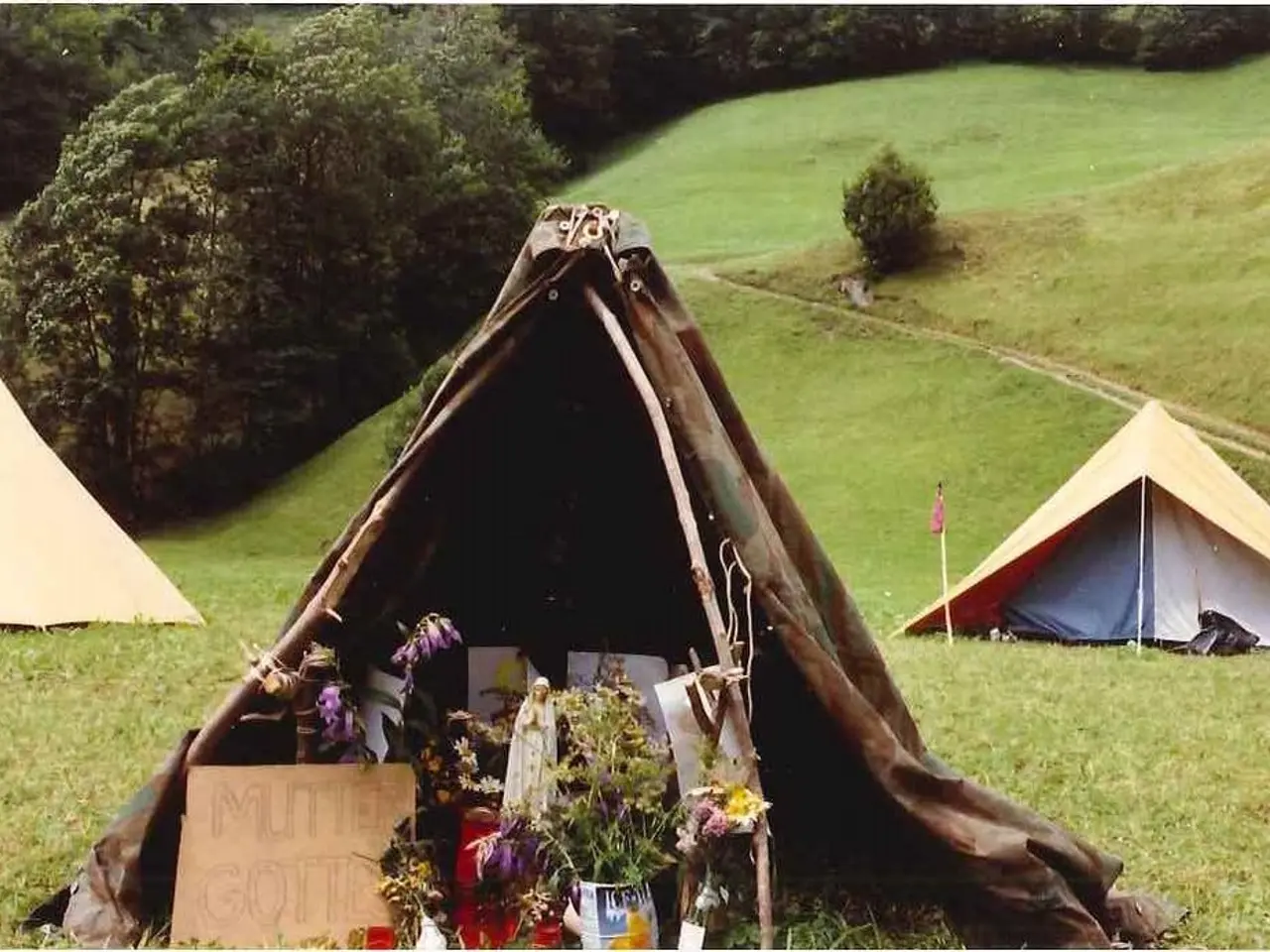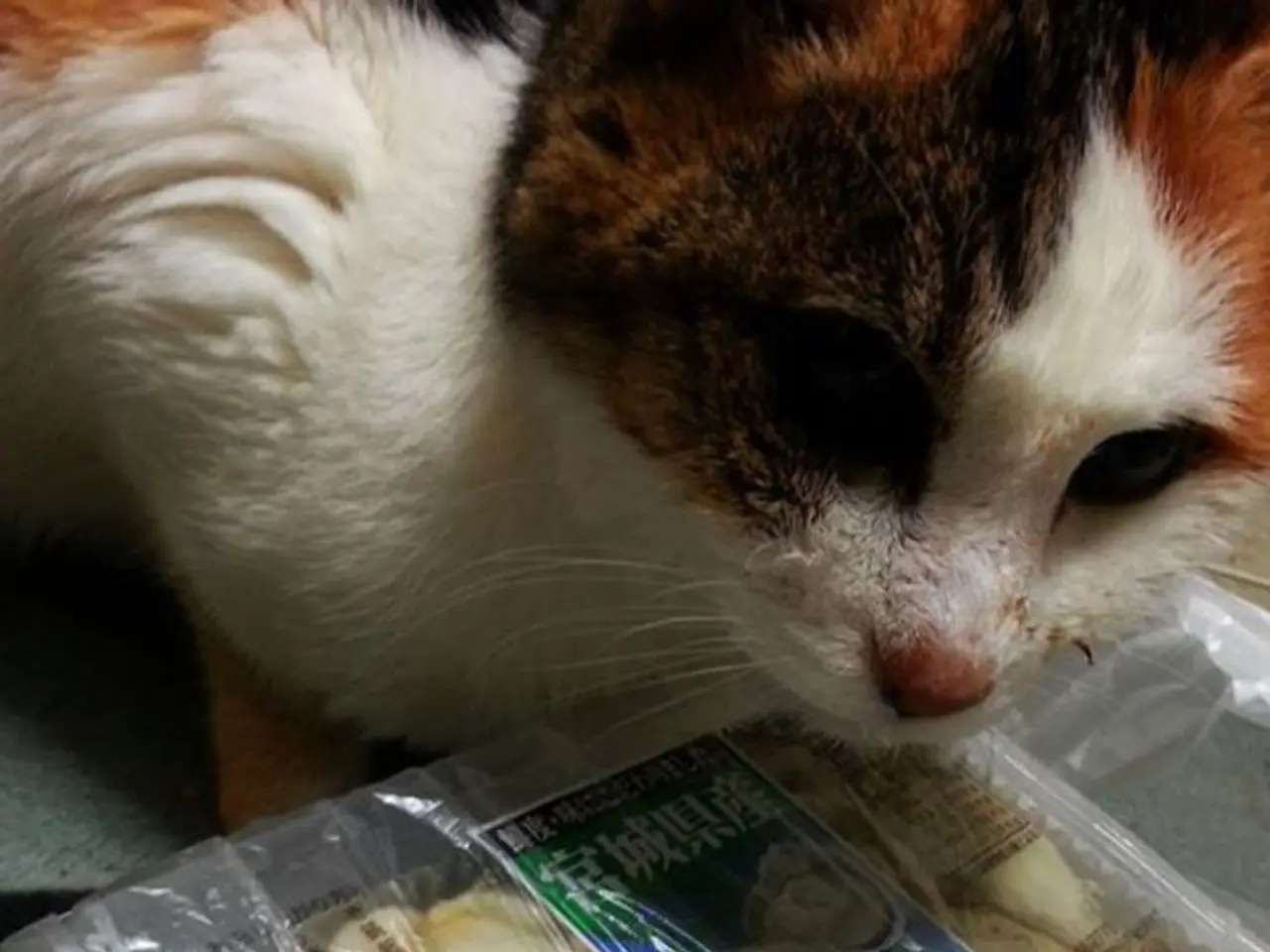Searching for the ideal Christmas tree? We've compiled a list to help you discover the best fit for your holiday season celebration.
Choosing the Perfect Real Christmas Tree: A Guide to Fir, Spruce, and Pine
In the spirit of the holiday season, we're here to help you find the best real Christmas tree for your home. Here's a comparison of three common species—fir, spruce, and pine—based on replantability, scent, color, size, shape, and needle retention.
Replantability
Fir trees, such as Balsam Fir and Fraser Fir, are generally better suited for replanting due to their strong root system. They tolerate digging up better than spruce or pine, making them a more eco-friendly choice. Spruces and pines, however, are often harvested as cut trees and do not transplant as well.
Scent
Fir trees offer the strongest and most classic Christmas tree fragrance. Balsam Fir and Fraser Fir are especially known for their pleasing aromatic smell. Spruce trees have a more subtle scent, and pine trees usually have a lighter, fresh pine smell but not as strong as firs.
Color
Fir trees typically have a rich, deep green color that many people find appealing. Spruce trees tend to have a blue-green hue. Pine trees often have a lighter green color that can look more natural or rustic.
Size and Shape
Most Christmas trees available in homes range between 6 to 8 feet, which suits average ceiling heights. Fir trees tend to have dense branches allowing fuller coverage in smaller sizes, while spruce and pine can get taller but often with more open shapes.
Shape
Fir trees generally have a symmetrical, classic Christmas tree shape with full, dense branches. Spruce trees also have a traditional conical shape but with sharper, stiffer needles, while pine trees have a more open, rustic, less formal appearance.
Needle Retention
Fir trees are excellent in needle retention; they keep their needles longer when indoors, reducing mess. Spruce trees tend to drop needles more quickly after cutting. Pine trees have good needle retention but do shed more than firs.
The Best Overall Choice
For a combination of best replantability, classic scent, rich color, ideal size and shape, and excellent needle retention, fir trees (particularly Balsam or Fraser Fir) tend to be the best overall choice. Spruce trees offer traditional looks but less needle retention and a sharper needle texture, while pines have a rustic charm but are less dense and can be a bit messier indoors.
Additional Tips
- If possible, buy a tree that has been grown locally to keep the amount of petrol used down.
- Check the needles and branches of a Christmas tree before buying, as any dry ones indicate the tree won't look its best for long.
- Freshly cut trees retain their leaves for longer.
- To help a cut tree last in your home, it needs to be placed in a Christmas tree stand that holds water.
- After Christmas, you can move a pot-grown tree in its pot to a partially shaded spot outside and keep it well watered throughout the year, or plant it out in the garden.
Special Mentions
- The Nordmann fir (Abies nordmanniana) is the most popular Christmas tree in the UK, known for its strong needle retention and the symmetry of its shape.
- The Serbian spruce (Picea omorika) has a slimmer, more graceful conical shape, and branches that are well spaced, which makes decorating easy. Its leaves have silver undersides and do not hold wonderfully well, but are soft and have a pleasant, strong fragrance.
- The Norway spruce (Picea abies) is known as the original Christmas tree with a mid-green, delicate foliage, and a really 'Christmassy' fragrance.
- The Fraser fir (Abies fraseri) has dense foliage, strong branches, and a slimmer conical shape that fits well in smaller spaces.
- The Noble fir (Abies procera) has an upswept, conical, symmetrical shape, lovely fragrance, and good needle retention.
Sustainable Choices
- If you're concerned about the environment, look for a Christmas tree that has been grown slowly and organically, without fertilisers and pesticides, or look for one that is Forest Stewardship Council (FSC®) Certified.
- You can rent a live Christmas tree, returning it to the supplier at the end of the season.
- Pot-grown or container-grown trees have been grown in their pots, and as their roots are intact, can be re-used year after year. However, it's important to note that the roots of potted trees suffer damage during the replanting process, so potted trees are unlikely to be successful if replanted and cannot be kept going from year to year.
Disposal and Mulch
Dispose of a cut tree responsibly after use by recycling it in your green waste bin or leaving it out for council collection. Alternatively, you can shred a cut tree before using it as a mulch around the garden.
In conclusion, choosing the right real Christmas tree involves considering various factors. Fir trees, particularly Balsam or Fraser Fir, offer the best combination of replantability, scent, color, size, shape, and needle retention. By following our tips, you're sure to find the perfect tree for your home this holiday season. Happy decorating!
- After decorating your perfectly chosen real Christmas tree, consider complementing it with a festive lifestyle, such as baking traditional food-and-drink recipes, wearing fashion-and-beauty items for holiday parties, and setting up home-and-garden decorations.
- For a more eco-friendly garden, opt for replanting fir trees, such as Balsam Fir and Fraser Fir, instead of spruce or pine, to promote the growth of new plants and improve the overall landscape.
- While shopping for holiday essentials, consider purchasing a potted or container-grown tree, which can be re-used year after year, contributing to a sustainable lifestyle.
- If you're looking to reduce mess during the holiday season, choose a fir tree for its excellent needle retention when indoors.
- Following Christmas, create a beautiful home-and-garden environment by using shredded Christmas trees as mulch, enriching the soil and providing nutrients to surrounding plants.




